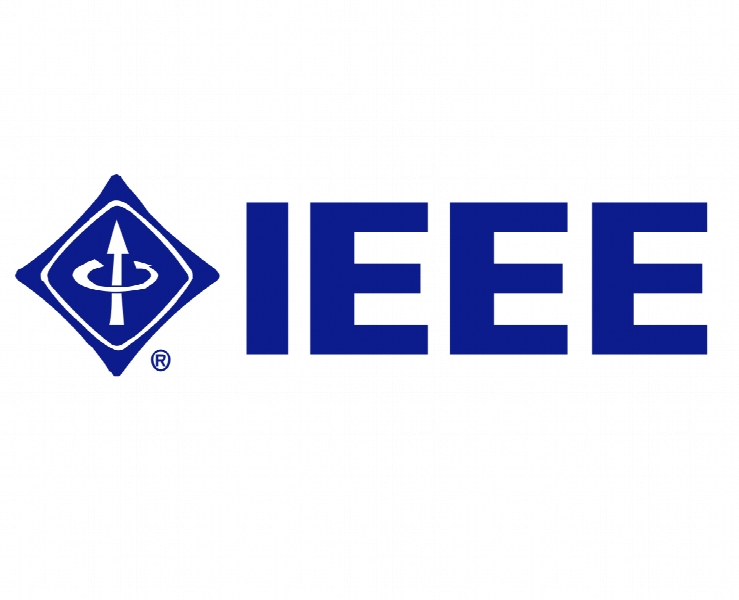یادگیری عمیق و پلتفرم های قابل پیکربندی در اینترنت اشیا: فرصتها و چالشها در الگوریتم ها و سخت افزارها Deep Learning and Reconfigurable Platforms in the Internet of Things: Challenges and Opportunities in Algorithms and Hardware
- نوع فایل : کتاب
- زبان : انگلیسی
- ناشر : IEEE
- چاپ و سال / کشور: 2018
توضیحات
رشته های مرتبط مهندسی کامپیوتر، فناوری اطلاعات
گرایش های مرتبط الگوریتم ها و محاسبات، شبکه های کامپیوتری، اینترنت و شبکه های گسترده
مجله الکترونیک صنعتی – IEEE Industrial Electronics Magazine
شناسه دیجیتال – doi https://doi.org/10.1109/MIE.2018.2824843
منتشر شده در نشریه IEEE
گرایش های مرتبط الگوریتم ها و محاسبات، شبکه های کامپیوتری، اینترنت و شبکه های گسترده
مجله الکترونیک صنعتی – IEEE Industrial Electronics Magazine
شناسه دیجیتال – doi https://doi.org/10.1109/MIE.2018.2824843
منتشر شده در نشریه IEEE
Description
Deep Learning for the IoT In the era of the IoT, the number of sensing devices that are deployed in every facet of our day-to-day life is enormous. In recent years, many IoT applications have arisen in various domains, such as health, transportation, smart homes, and smart cities [6]. It is predicted by the U.S. National Intelligence Council that, by 2025, Internet nodes will reside in everyday things, such as food packages, furniture, and documents [7]. This expansion of IoT devices, together with cloud computing, has led to creation of an unprecedented amount of data [8], [9]. With this rapid development of the IoT, cloud computing, and the explosion of big data, the most fundamental challenge is to store and explore these volumes of data and extract useful information for future actions [9]. The main element of most IoT applications is an intelligent learning methodology that senses and understands its environment [6]. Traditionally, many machine-learning algorithms were proposed to provide intelligence to IoT devices [10]. However, in recent years, with the popularity of deep neural networks/deep learning, using deep neural networks in the domain of the IoT has received increased attention [6], [11]. Deep learning and the IoT were among the top three technology trends for 2017 announced at Gartner Symposium/ITxpo [12]. This increased interest in deep learning in the IoT domain is because traditional machinelearning algorithms have failed to address the analytic needs of IoT systems [6], which produce data at such a rapid rate and volume that they demand artificial intelligence algorithms with modern data analysis approaches. Depending on the predominant factor, volume or rate, data analytics for IoT applications can be viewed in two main categories: 1) big data analysis and 2) data stream analysis.


